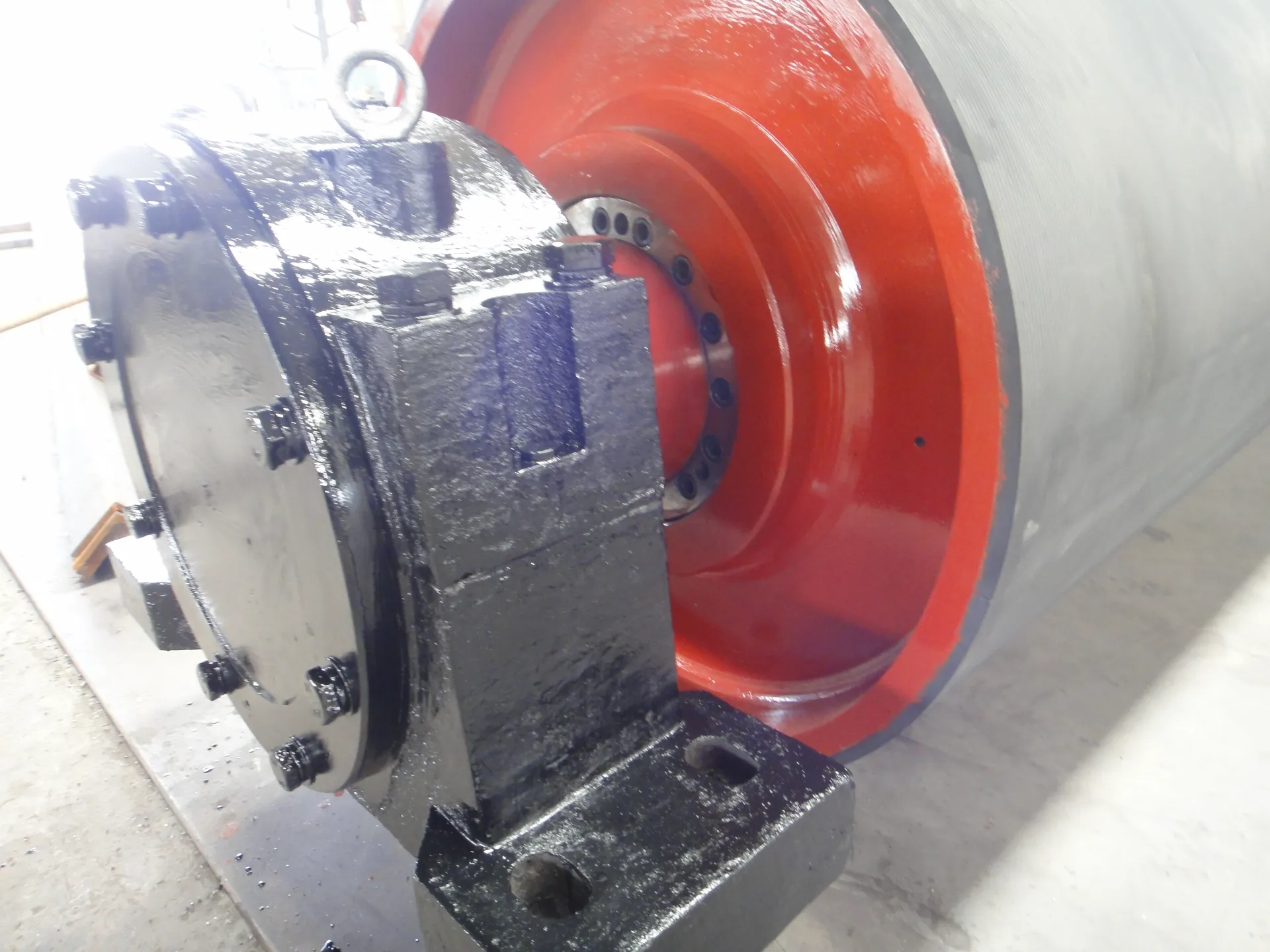 Afrikaans
Afrikaans  Albanian
Albanian  Amharic
Amharic  Arabic
Arabic  Armenian
Armenian  Azerbaijani
Azerbaijani  Basque
Basque  Belarusian
Belarusian  Bengali
Bengali  Bosnian
Bosnian  Bulgarian
Bulgarian  Catalan
Catalan  Cebuano
Cebuano  Corsican
Corsican  Croatian
Croatian  Czech
Czech  Danish
Danish  Dutch
Dutch  English
English  Esperanto
Esperanto  Estonian
Estonian  Finnish
Finnish  French
French  Frisian
Frisian  Galician
Galician  Georgian
Georgian  German
German  Greek
Greek  Gujarati
Gujarati  Haitian Creole
Haitian Creole  hausa
hausa  hawaiian
hawaiian  Hebrew
Hebrew  Hindi
Hindi  Miao
Miao  Hungarian
Hungarian  Icelandic
Icelandic  igbo
igbo  Indonesian
Indonesian  irish
irish  Italian
Italian  Japanese
Japanese  Javanese
Javanese  Kannada
Kannada  kazakh
kazakh  Khmer
Khmer  Rwandese
Rwandese  Korean
Korean  Kurdish
Kurdish  Kyrgyz
Kyrgyz  Lao
Lao  Latin
Latin  Latvian
Latvian  Lithuanian
Lithuanian  Luxembourgish
Luxembourgish  Macedonian
Macedonian  Malgashi
Malgashi  Malay
Malay  Malayalam
Malayalam  Maltese
Maltese  Maori
Maori  Marathi
Marathi  Mongolian
Mongolian  Myanmar
Myanmar  Nepali
Nepali  Norwegian
Norwegian  Norwegian
Norwegian  Occitan
Occitan  Pashto
Pashto  Persian
Persian  Polish
Polish  Portuguese
Portuguese  Punjabi
Punjabi  Romanian
Romanian  Russian
Russian  Samoan
Samoan  Scottish Gaelic
Scottish Gaelic  Serbian
Serbian  Sesotho
Sesotho  Shona
Shona  Sindhi
Sindhi  Sinhala
Sinhala  Slovak
Slovak  Slovenian
Slovenian  Somali
Somali  Spanish
Spanish  Sundanese
Sundanese  Swahili
Swahili  Swedish
Swedish  Tagalog
Tagalog  Tajik
Tajik  Tamil
Tamil  Tatar
Tatar  Telugu
Telugu  Thai
Thai  Turkish
Turkish  Turkmen
Turkmen  Ukrainian
Ukrainian  Urdu
Urdu  Uighur
Uighur  Uzbek
Uzbek  Vietnamese
Vietnamese  Welsh
Welsh  Bantu
Bantu  Yiddish
Yiddish  Yoruba
Yoruba  Zulu
Zulu Components of Conveyor Systems for Mining Operations and Material Handling
Understanding Mining Conveyor Parts The Backbone of Efficient Operations
In the mining industry, efficiency is paramount. From extraction to transportation, every process must be optimized to ensure productivity and minimize costs. One critical component that plays a significant role in this workflow is the conveyor system. Mining conveyor parts are essential for facilitating the movement of materials, and understanding these components can lead to improved operational effectiveness.
The Importance of Conveyor Systems in Mining
Conveyor systems are integral to the mining sector, enabling the continuous transport of bulk materials such as coal, ore, and gravel. These systems are favored for their ability to move large quantities of material over long distances, which is often more efficient than traditional hauling methods. With the right conveyor parts, these systems can significantly reduce labor costs and enhance the overall productivity of mining operations.
Key Conveyor Parts
1. Belt The conveyor belt is the heart of the conveyor system. It carries the material from one point to another. Depending on the type of material being transported, different belt materials and designs may be used. For instance, rubber belts are common for their durability and resistance to wear.
2. Pulleys Pulleys are crucial for guiding and supporting the conveyor belt. They come in various types, including drive pulleys, which are powered by motors, and return pulleys, which help maintain belt tension. The design and quality of pulleys can directly impact the efficiency of the conveyor system.
3. Idlers Idlers support the moving conveyor belt and help to maintain its shape. They help reduce friction, ensuring smoother movement and lower energy consumption. Properly spaced and aligned idlers are vital to prevent belt misalignment and ensure long service life.
4. Drive Systems The drive system powers the conveyor. This can include electric motors and gearboxes that control the speed and torque of the system. An efficient drive system is paramount for managing the loading and unloading of materials, especially in heavy-duty applications.
mining conveyor parts

5. Chutes and Hoppers Chutes and hoppers are used for loading and unloading materials onto and off the conveyor. Their design affects material flow and can mitigate issues such as spillage and blockages, ensuring a smooth operation.
6. Safety Features Given the heavy-duty nature of mining operations, safety features such as emergency stop buttons, pull cords, and guards are vital. These components help protect operators and maintenance personnel from accidents and equipment damage.
Maintenance and Upkeep
Proper maintenance of conveyor parts is essential for ensuring their longevity and efficiency. Regular inspections should be conducted to identify wear and tear and replace components as necessary. Lubricating moving parts, checking belt tension, and monitoring pulley alignment are routine tasks that can prevent costly downtime and enhance operational efficiency.
Innovations in Conveyor Technology
As the mining industry continues to evolve, advancements in conveyor technology are emerging. Innovations such as smart monitoring systems equipped with sensors provide real-time data on performance, allowing for proactive maintenance and timely interventions. Additionally, more durable and lightweight materials are being developed for conveyor belts, resulting in enhanced performance and reduced operational costs.
Conclusion
Mining conveyor parts are fundamental to the success of mining operations. Understanding their functions and ensuring proper maintenance can significantly impact productivity and efficiency. By investing in quality components and staying abreast of technological advancements, mining companies can enhance their operations and maintain a competitive edge in the industry. In an era where efficiency and effectiveness are crucial, conveyor systems stand out as a reliable solution for transporting materials safely and efficiently.
-
Revolutionizing Conveyor Reliability with Advanced Rubber Lagging PulleysNewsJul.22,2025
-
Powering Precision and Durability with Expert Manufacturers of Conveyor ComponentsNewsJul.22,2025
-
Optimizing Conveyor Systems with Advanced Conveyor AccessoriesNewsJul.22,2025
-
Maximize Conveyor Efficiency with Quality Conveyor Idler PulleysNewsJul.22,2025
-
Future-Proof Your Conveyor System with High-Performance Polyurethane RollerNewsJul.22,2025
-
Driving Efficiency Forward with Quality Idlers and RollersNewsJul.22,2025





























